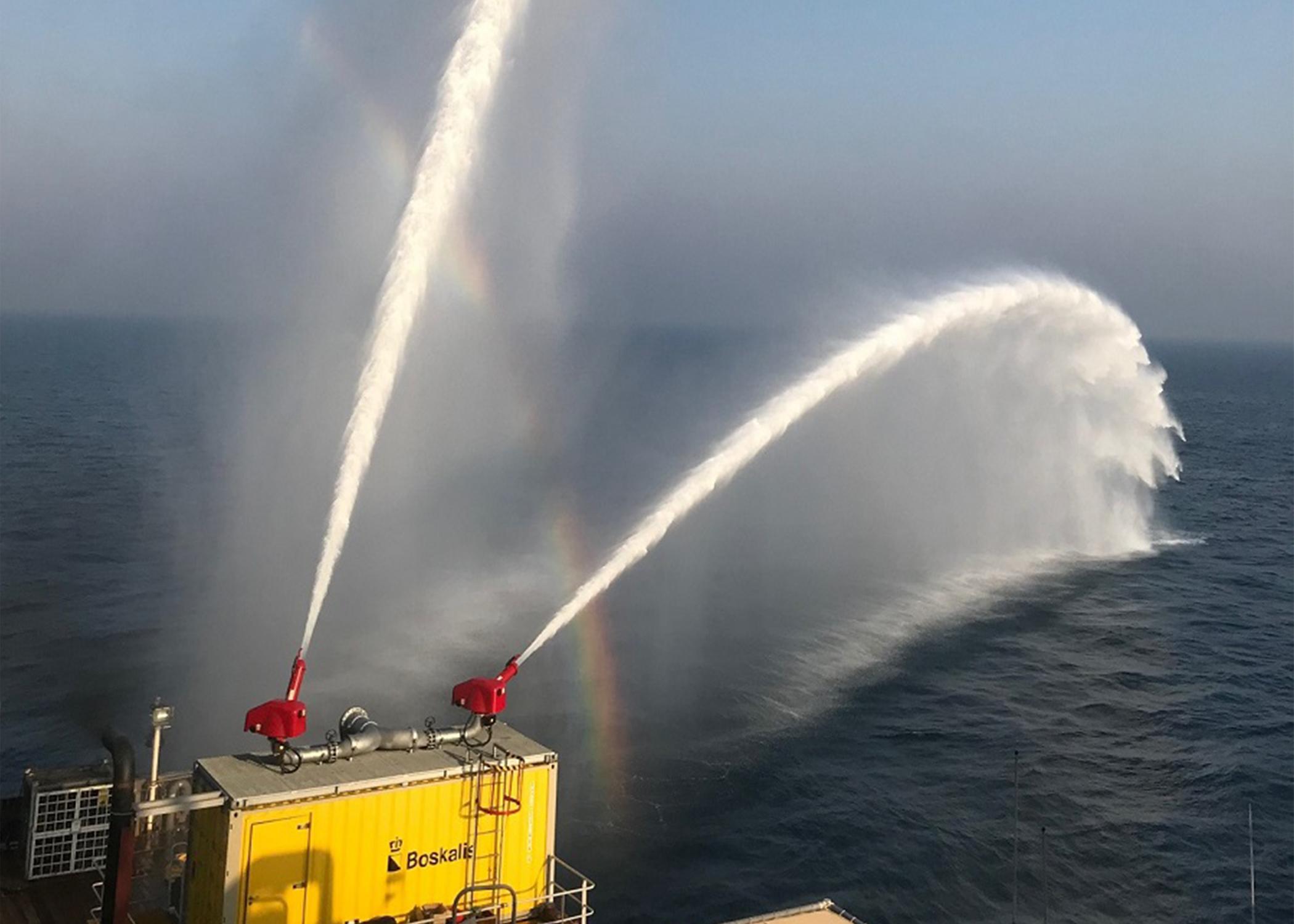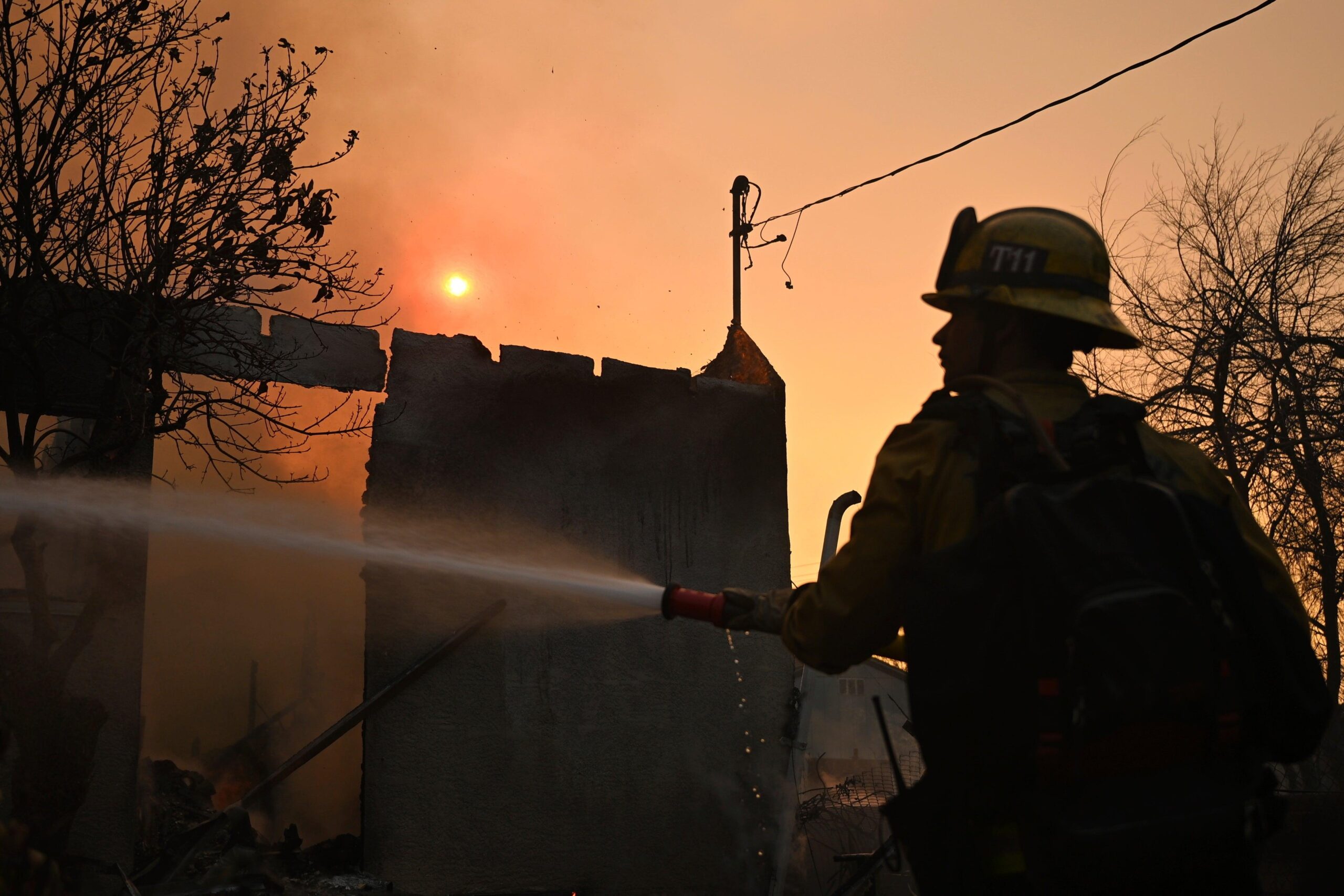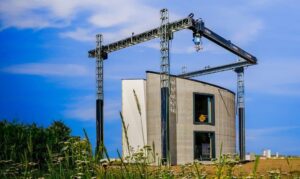In the scorching battleground of Los Angeles, where flames dance menacingly against the skyline, firefighters find themselves wrestling not just with infernos, but with a critical resource deficit. Water—the lifeblood of firefighting—seems frustratingly scarce, even as the vast, blue Pacific stretches endlessly along the city’s western edge. As wildfires consume landscapes with voracious appetite, a provocative question emerges: Why aren’t we turning to the ocean’s seemingly inexhaustible reservoir to quench these raging fires? As wildfires rage through California’s rugged landscapes, firefighters face a critical challenge: diminishing water resources. The persistent drought has dramatically reduced freshwater availability, creating complex operational hurdles for emergency response teams battling intense blazes.
Seawater presents a potentially revolutionary alternative that remains largely unexplored. The Pacific Ocean surrounds Los Angeles, offering an immense, seemingly untapped reservoir capable of supporting extensive firefighting efforts. However, traditional firefighting equipment and strategies aren’t designed for saltwater deployment.
Saltwater’s corrosive properties pose significant equipment challenges. Standard fire engines, pumps, and hoses would quickly deteriorate when exposed to high salinity, demanding specialized engineering solutions. Firefighting foam and chemical suppressants might also react unpredictably with oceanic water, potentially compromising their effectiveness.
Technological innovations could transform this limitation. Developing corrosion-resistant pumping systems and specialized filtration mechanisms might enable direct ocean water utilization. Advanced materials science could create firefighting infrastructure capable of withstanding saltwater’s destructive potential.
Environmental considerations further complicate oceanic water usage. Marine ecosystems could suffer significant disruption if large-scale water extraction occurs. Potential sediment displacement, salinity alterations, and potential contamination risks require comprehensive ecological assessments.
Some international regions have already experimented with seawater firefighting techniques. Coastal communities in Australia and Mediterranean countries have developed prototype systems allowing limited oceanic water deployment. These pioneering approaches offer valuable insights into potential implementation strategies.
Infrastructure modifications represent another critical factor. Coastal fire departments would need substantial equipment upgrades, including specialized vehicles, pumping stations, and desalination-adjacent technologies. Initial investment costs could prove substantial, potentially deterring widespread adoption.
Helicopter water-dropping operations already demonstrate partial seawater utilization. These aerial firefighting techniques occasionally draw directly from oceanic sources, suggesting feasible technological pathways for expanded implementation.
Climate change intensifies the urgency of exploring unconventional firefighting methods. Increasing wildfire frequencies and prolonged drought conditions demand innovative approaches beyond traditional water management strategies.
Collaborative research between firefighting agencies, marine engineers, environmental scientists, and technical innovators could accelerate solution development. Interdisciplinary approaches might unlock transformative firefighting technologies capable of addressing California’s escalating environmental challenges.
While numerous obstacles exist, the potential benefits of seawater firefighting strategies warrant serious investigation. Continued research, technological development, and strategic planning could ultimately revolutionize emergency response capabilities in water-scarce regions.






